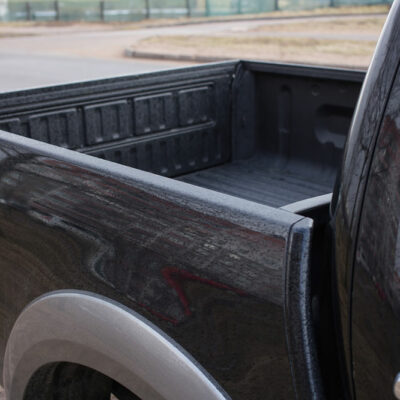
SUVs vs. Crossovers – The Main Differences
Family cars have evolved a lot over the years, and with SUVs and crossovers taking over the market, the search for the perfect family car is over. However, it could be quite overwhelming too. If you’ve considered buying an SUV or a crossover, then you might have wondered the difference between them.
Why are some cars known as SUVs and why are others known as crossovers? Read on to the differences between SUVs and crossovers:
- Platform
Perhaps the most obvious difference between a crossover and an SUV is the platform they’re both built on. The body of a crossover is structured on the chassis of a car while that of an SUV is on the chassis of a truck. Arising from this difference is also their off-roading capabilities. Since an SUV has a more compatible drivetrain and suspension and a more robust platform, they have the ability to cruise smoothly on off-road paths, which is something that a crossover does not have the ability to do. - Structural design
The second distinct difference between an SUV and a crossover is their structural design. Crossovers possess a unibody structure where the frame (the foundation of the crossover) and the body are effectively one single piece. This is why the cars are named “crossovers”, as they combine the features of passenger cars like sedans or hatchbacks with those of SUVs. On the other hand, SUVs possess a “body on frame” design with two distinct pieces for the same. The body-on-frame is heavier and helps with the vehicle’s durability and stability. On the other hand, the unibody structure is lighter and offers better fuel efficiency and smoother and quicker drives. - Application
As outlined above, the heavier SUVs are designed for heavy hauling and challenging roads. Crossovers, on the other hand, are more about quality and more convenient rides. - Safety
When it comes to safety, there are some distinct differences between crossovers and SUVs. SUVs do better with low-speed collisions due to their sturdy, heavy nature. SUVs do not turn over easily and the repairs after the accident are usually simple. However, when it comes to serious accidents and high-speed collisions, crossovers are the safer choice. Their chassis and body feature more crumple zones, thus taking most of the collision force and keeping the people onboard safer. In high-speed collisions, chances are that occupants of a crossover will be less severely injured as opposed to occupants in an SUV. - The gray area
Sometimes, the terms crossover and SUV tend to overlap. For instance, how many times have you heard a Jeep Grand Cherokee, Toyota Highlander, or a Ford Explorer being called an SUV, despite having a unibody design? The fact of the matter is that the term “SUV” is often applied to both SUVs and crossovers. Since SUVs used to throw up negative connotations of poor gas mileage and large, bulky sizes, the term “crossover” was for describing vehicles “crossing over” from SUV’s practical prowess to the fuel efficiency and drivability of a car.


